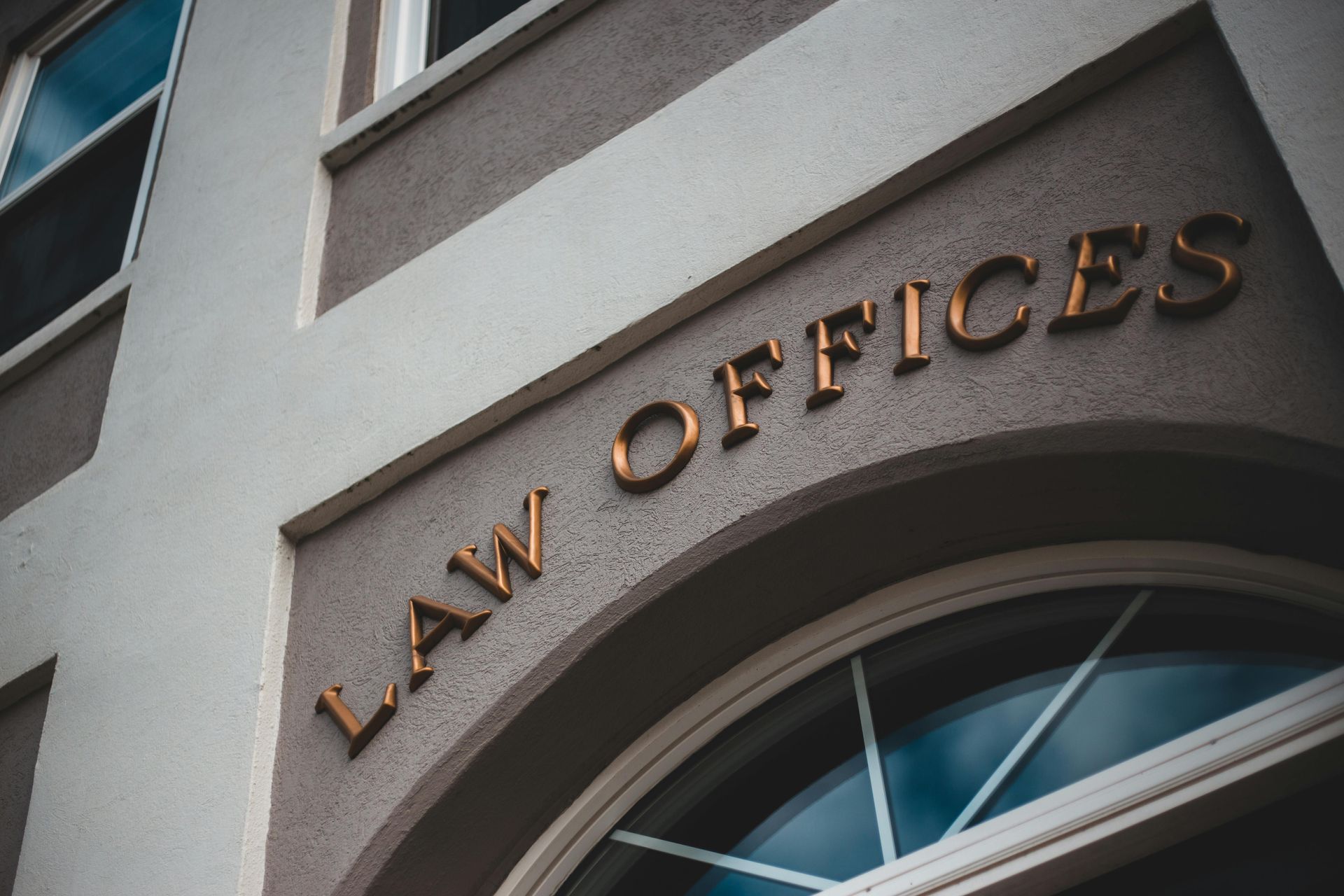TEXAS MERGERS & ACQUISITIONS
Engage an experienced mergers and acquisitions attorney. M&A transactions require legal expertise to navigate contract negotiations, regulatory compliance, and due diligence.
MERGERS AND ACQUISITIONS FOR SMALL- TO MID-SIZED COMPANIES
What Is A Merger & Acquisition (M&A)?
Mergers and acquisitions (M&A) for small- to mid-sized companies can be an exciting opportunity for growth, expansion, and diversification. However, these transactions are highly complex and require meticulous planning, legal scrutiny, and strategic decision-making. Business owners must be aware of potential pitfalls and ensure they are protecting their interests throughout the process. Without proper due diligence and expert legal guidance, companies risk making costly mistakes that could hinder success..
The Complexity of Mergers and Acquisitions.
M&A transactions involve multiple stages, from initial negotiations to final integration. The complexity of the process can vary depending on the industry, company size, and regulatory requirements. On average, a merger or acquisition can take anywhere from six months to several years to complete. Properly structuring a deal is one of the most challenging aspects, requiring detailed planning and execution.
Key aspects of M&A complexity include:
- Due Diligence: Examining financials, legal liabilities, and operational risks.
- Valuation: Determining the fair market value of the target company.
- Regulatory Compliance: Ensuring adherence to state and federal laws.
- Financing: Securing the necessary funds through cash, stock, debt, or hybrid structures.
- Integration Planning: Merging corporate cultures, operational systems, and business processes.
- Stakeholder Communication: Keeping investors, employees, and customers informed throughout the transition.
Key Factors to Consider in M&A
Several factors must be carefully evaluated during an M&A transaction to minimize risks and maximize value:
- Corporate Law Compliance – M&A transactions must adhere to federal securities laws and state corporate laws. Legal compliance is critical to avoiding regulatory penalties.
- Competitive Landscape – Understanding rival bidders and market conditions helps ensure the deal aligns with long-term business objectives.
- Tax Implications – The structure of the transaction affects taxation, and proper tax planning can yield significant financial benefits.
- Accounting Considerations – Businesses must analyze the impact on financial statements and reporting obligations.
- Financing Structures – Whether using cash, stock, or debt financing, it is crucial to evaluate cost and risk.
- Contract Negotiations – Agreements must be well-structured to clearly define terms, responsibilities, and contingencies.
- Strategic Fit – Ensuring that the acquisition aligns with the company’s long-term vision and operational strengths is vital.
Why Engage a Mergers and Acquisitions Attorney?
Engaging a mergers and acquisitions attorney is essential for navigating the complexities of contract negotiations, regulatory compliance, and due diligence. Legal expertise ensures protection through well-drafted agreements, mitigates financial and legal risks before closing a deal, and guarantees adherence to antitrust, securities, and employment laws. An attorney also facilitates seamless integration, supporting business continuity throughout the transition.
A skilled M&A attorney provides comprehensive legal services to ensure smooth transactions that optimize business value. This includes structuring purchase agreements to safeguard financial interests, guiding cross-border M&A transactions while navigating international regulatory challenges, and offering boardroom advisory to assist executives in making legally sound decisions. Due diligence analysis helps identify potential liabilities and financial risks, while regulatory compliance ensures adherence to federal and state laws. Additionally, post-merger integration support helps businesses successfully merge operations, align corporate cultures, and maximize synergies. With expert legal guidance, companies can minimize risks and position themselves for long-term success in mergers and acquisitions.
Need any help?
Contact an Experienced
Mergers and Acquisitions Attorney
What Wilson Whitaker Rynell Can Do for You
Texas law provides significant advantages for business owners looking to structure mergers and acquisitions effectively. Our attorneys ensure compliance with all applicable laws while structuring deals that align with your strategic goals.
- Strategic planning and risk assessment
- Negotiation support and contract drafting
- Compliance with corporate governance and shareholder laws
- Seamless execution of business transitions
Additional Mergers & Acquisitions Focus
M&A Due Diligence
A thorough review of the target company’s financial health, operational efficiency, and legal standing is essential. Proper due diligence helps uncover potential liabilities and ensures informed decision-making.
Valuation and Pricing Strategies
Various valuation techniques can be used to determine fair pricing, including:
- Discounted Cash Flow (DCF) Analysis
- Comparable Company Analysis (CCA)
- Precedent Transaction Analysis
Post-Merger Integration
Successful integration requires meticulous planning. Challenges include:
- Cultural Differences – Aligning corporate cultures and management styles.
- Technology Integration – Merging IT systems and databases.
- Employee Retention – Keeping key personnel engaged and motivated.
Mergers and acquisitions are powerful tools for business growth, but they require careful planning, due diligence, and expert legal guidance. Wilson Whitaker Rynell is committed to helping businesses navigate the complexities of M&A transactions while maximizing value and minimizing risk.
CONTACT THE LAW FIRM OF
WILSON WHITAKER RYNELL TODAY FOR YOUR MERGER AND ACQUISITION STRATEGY SESSION.
CLIENT MATTERS
5,000+
YEARS OF SERVICE
25+
Award Winning
Recognized in the legal industry as dedicated board-certified lawyers and Rising Stars.
Expert Team
Your project will be handled by legal experts every time. You will have the most experienced attorneys working for you.
Quality Representation











